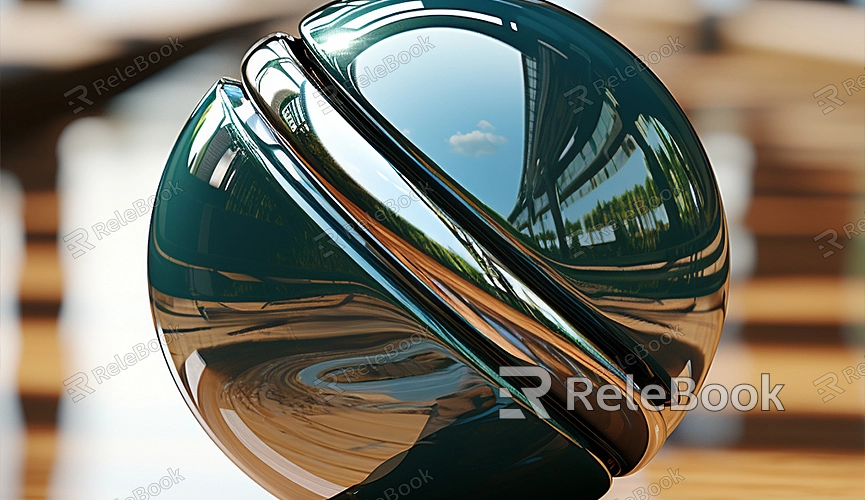Applying Metal Textures in Blender
The application scope of metal textures in Blender is incredibly broad, spanning from industrial design to video game creation and visual effects. The reflective properties and unique luster of metal surfaces enable metal textures to provide a distinctive visual rendering effect for 3D model works. Applying metal textures in Blender can be achieved through the following steps:

1. Create or select an object and assign a new material to it.
2. In the material's node editor, add a metal texture image or a preset metal material.
3. Use UV mapping to properly place the texture onto the object.
4. Control the glossiness and reflective properties of the material by adjusting the metalness and roughness parameters in the material nodes.
5. For more intricate metal effects, additional nodes can be added to control texture details like corrosion, scratches, and stains.
Here are some specific examples of common metal textures applied in Blender renders:
1. Mechanical Parts: Rendering mechanical equipment or parts, metal textures can recreate the cold, crisp feel of steel and aluminum, along with their reflective properties under light.
2. Car Renders: For car renders, metal textures are used not only on the body but also to simulate the reflective wheels and headlights.
3. Kitchen Utensils: Stainless steel utensils in kitchens, such as sinks, faucets, and cookware, benefit from metal textures that exhibit their practicality and modern feel.
4. Architectural Facades: In modern architectural designs, metal textures are used to render building facades, including metal panels and decorative structures.
5. Weapons and Armor: In gaming and movie prop designs, metal textures depict the sharpness of weapons and the sturdiness of armor.
6. Jewelry: In rendering jewelry, metal textures showcase the luster and texture of gold and silver, enhancing their luxurious appeal.
7. Electronic Devices: When rendering electronic devices like phones and laptops, metal textures simulate the smooth surface of device casings.
8. Aerospace Equipment: For aerospace gear like satellites and rockets, metal textures portray their corrosion resistance and high-temperature endurance in space.
Applying metal textures to 3D models and virtual scenes in Blender not only enhances visual realism but also elevates the aesthetic attributes of the entire work. The versatility of metal textures allows their application on a wide array of objects, from ancient anvils to modern tech products. By finely tuning parameters and creatively applying them, Blender can render more realistic and intricate model effects. If you require numerous high-quality textures, they can be downloaded from Relebook and directly imported into the model after downloading.

